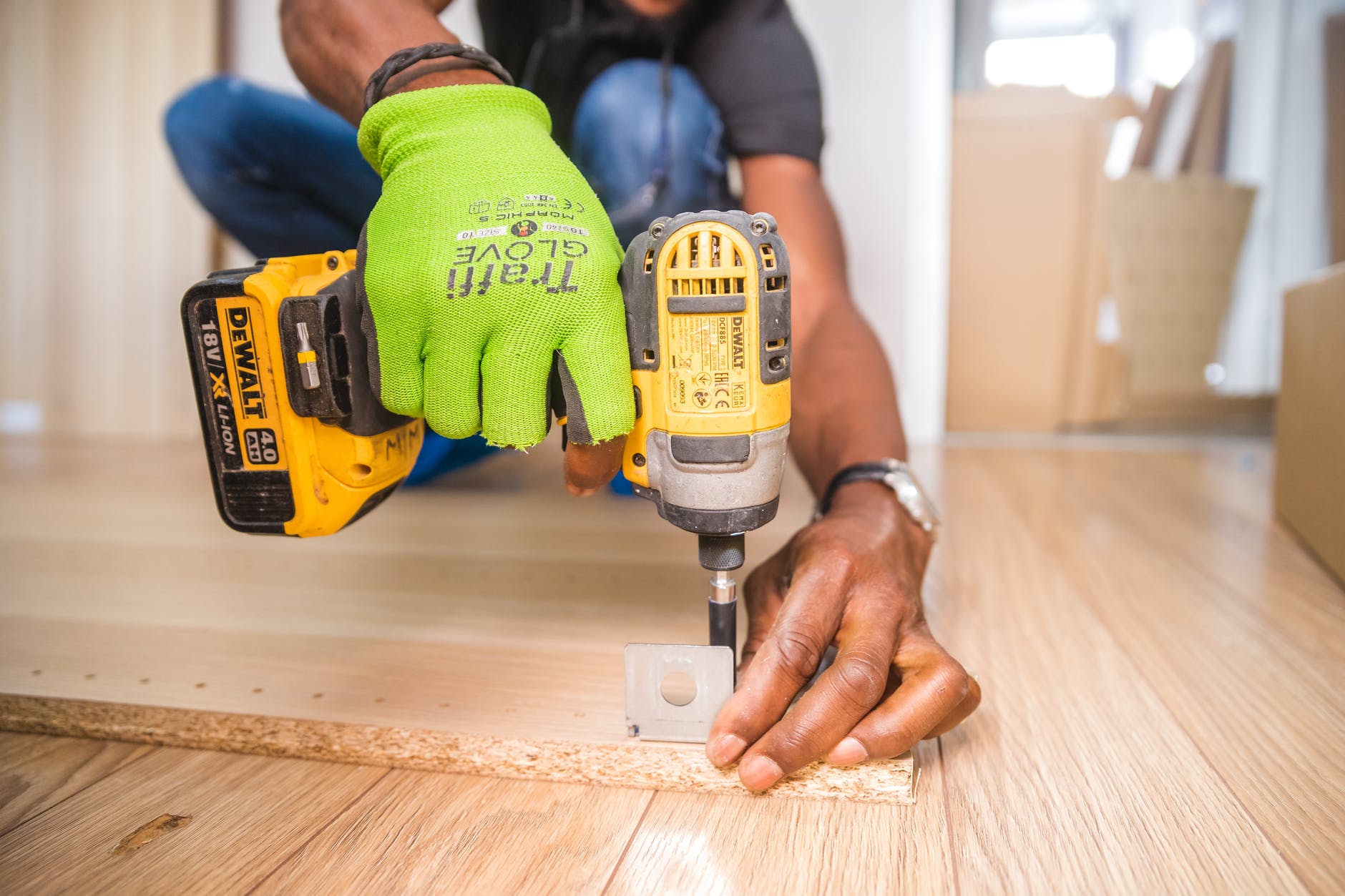How to Prioritize Home Improvement Projects
Home improvements can add value to your property, improve its appearance, and even save money on utility bills. But before you start, consider these things first: Do you really need to spend that much money? Will it look good in your neighbourhood? And will it fit into your budget?
To help you answer these questions — and get the most value out of a home improvement project — consider these tips.
Choose a Room First
If you’re planning a renovation project—and you’re working on a strict budget—then a good strategy is to, start with just one room.
Tackling one room at a time, helps you narrow down what needs to be done. It also helps identify projects that are beyond your current budget. The key is to determine your budget, select the room and then research the costs. If a project extends beyond your current finances, not to worry. You can always take a bit more time to save up, to make sure you don’t go into debt for a home improvement project that won’t immediately pay off. Through your research, you should be able to create a priority list and an estimated budget for each project. Then choose when and how to tackle these projects.
To do the research, complete the following five steps.
List Each Step from Start Until Completion
If you want an accurate budget and timeline, you need to understand exactly how to complete a project from start to finish. To help, list the major steps. Where possible, include an estimated timeline (assuming you’re not waiting for labour or materials). This is the shell of your project plan and will help you determine timelines and costs for each project.
List All the Material Required
Based on the steps required and the project you want to complete, list each material required. While you don’t have to be exact—the precise number of screws and nails aren’t important—you do want a clear indication of the primary and critical materials required to complete the project. This list will help you to start comparing material costs—a process that can help you save hundreds and even thousands off of any home improvement project.
Choose the Right Tools
Once you’ve listed the cost of materials, you should go back and list the tools required to complete the home improvement project. Some of these tools you may already have, some may need to be purchased and others will need to be rented. The idea is to create a list that allows you to cost out the purchase and rental of each piece of equipment. This also helps you create a timeline where you can take advantage of tool rentals (and save on repeat costs).
Find Suppliers
Start by searching online for local suppliers who offer products and services related to your project. Then, contact them directly to ask questions and request quotes. This method can save you quite a bit of money spent on shipping costs. Another option is to look for free shipping for orders over a specified limit. By creating a larger order, many suppliers will eat the shipping costs.
Shop Around for Deals
If you’re looking to save some cash, shop around for deals. You can find discounts at big box stores, warehouse clubs, and even grocery stores. Check out online marketplace ads, like those found on Facebook, Craigslist or Kijiji. The key is to look for what you need at a reduced price.
Hire Help When Necessary
There are times when it pays to not do the task or project yourself. When a task or project is beyond your knowledge or out of your comfort zone, don’t be afraid to call in the professionals.
If you try to do everything yourself, you could end up with expensive lessons (both in terms of dollars and time). Hire help when necessary. This will allow you to focus on other aspects of your project—and get your place closer to a dream home.







